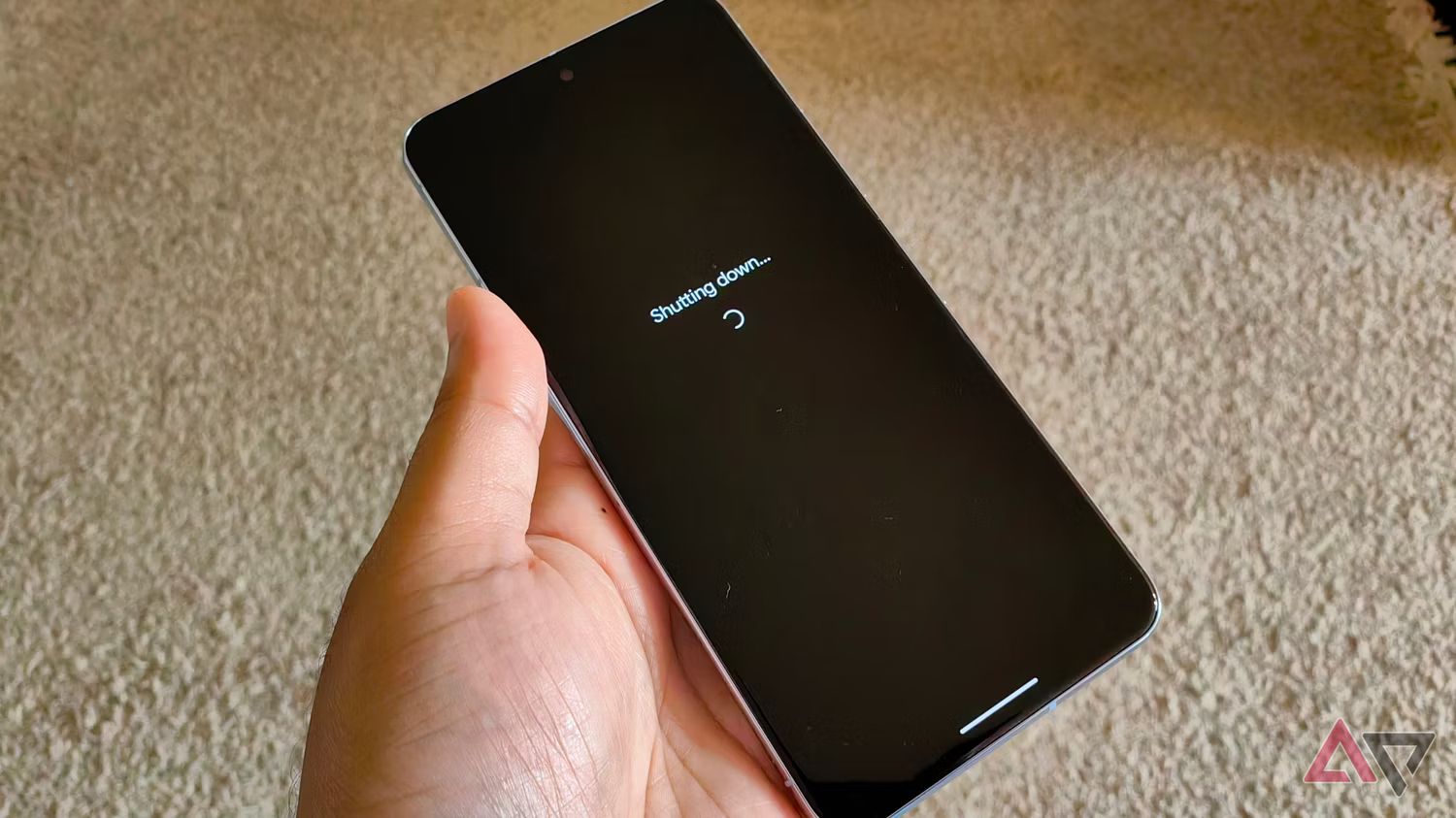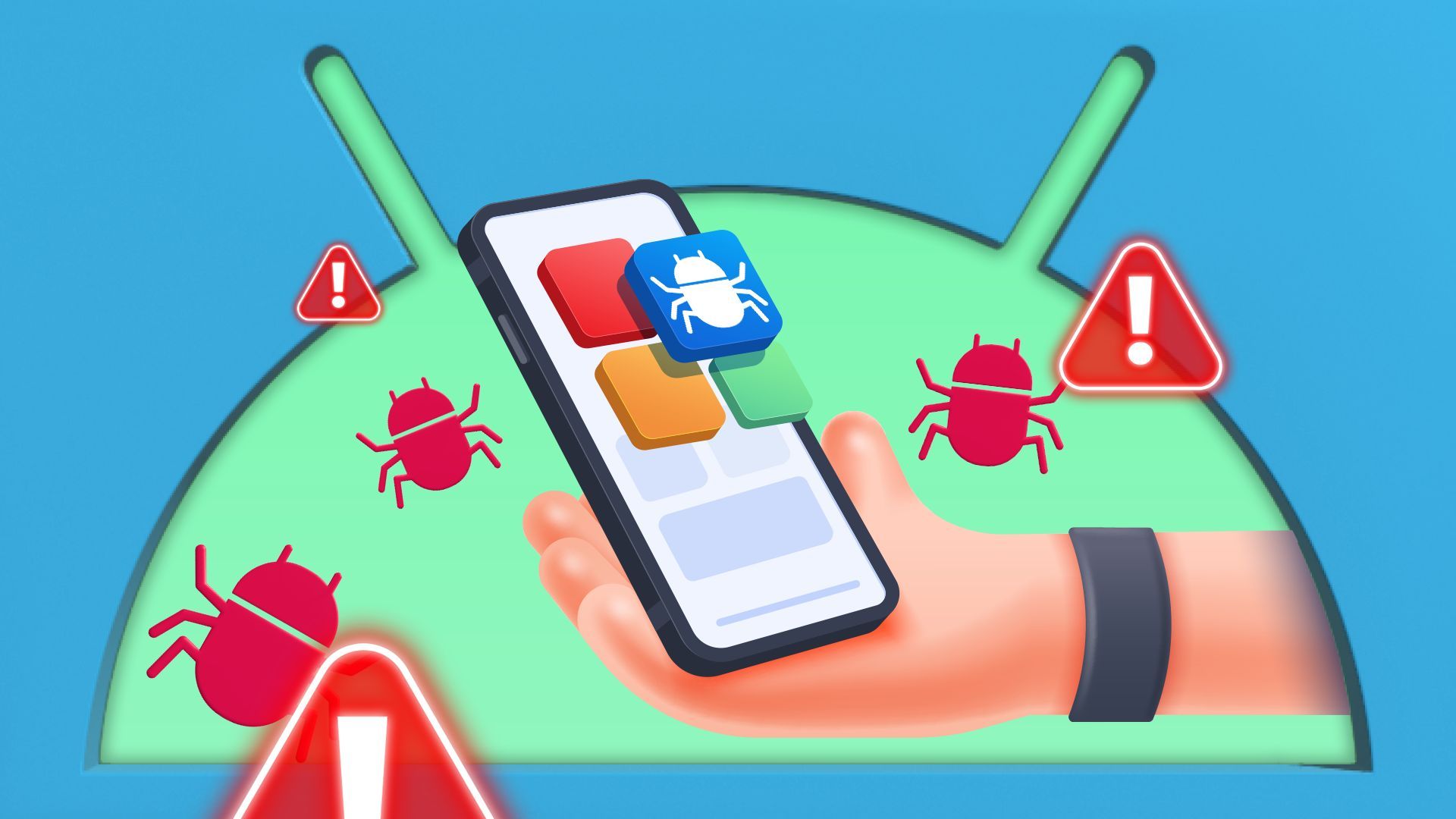Android has long had a reputation for being more vulnerable to malware than iOS. Although the platform’s open nature may have something to do with it, many real threats today are not where most users think they are. The myths surrounding Android malware lead to risky behavior and give users a false sense of security.
Whether it is the belief that only shady app stores carry malicious apps or that antivirus software is unnecessary, misinformation can leave your device more vulnerable than you think. Here are some of the most common Android malware myths that put your phone at risk, and what you should be doing instead.
8
Malware only comes from outside the Play Store
Fact: Bad actors use sophisticated methods to avoid detection
One of the most common misconceptions is that Android malware only originates from sketchy websites, pirated APKs, or unofficial app stores. While these are certainly higher risk, they are not the only sources of malicious software.
Increasingly, malware is showing up in apps that appear completely legitimate. Some sneak through Google Play’s review process, posing as flashlight tools, camera filters, VPNs, or even educational games. These apps may work as advertised, but quietly harvest user data, inject adware, or install background services that are hard to detect. Some use delayed activation, waiting days or weeks to execute harmful behavior.
While the Play Store is safer than most third-party stores, it is not immune to malware. Always check permissions, reviews, developer history, and download counts before installing apps. Avoid sideloading APKs unless you trust the source and understand the risks. Don’t assume every app on the Play Store is safe.
7
You’re safe if your phone runs Android 13 or later
Fact: Threats keep adapting to OS changes
Older Android versions are more vulnerable to malware, especially those not receiving security updates. But that doesn’t mean newer versions are entirely safe. Even with Android 15’s improved security features, malware campaigns continue to evolve with more sophisticated evasion techniques.
Many malware threats rely on social engineering and trick users into giving up sensitive data or granting unnecessary permissions. Newer Android versions can limit what apps can do in the background, but they can’t protect you from every human error.
To stay safe, always be wary of apps asking for extra permissions. Malware can manipulate users into giving access, irrespective of the phone’s Android version. Remember that safe behavior is as crucial as system-level defenses.
6
You only need an antivirus app to stay safe on Android
Fact: Malware can fool antivirus apps
Many antivirus apps on Android are more about marketing than real protection. They often run persistent background processes, drain the battery, and serve ads while offering little beyond what Google Play Protect already does.
In reality, Android is built on a permission-based sandbox model that limits what apps can access. You probably don’t need a third-party antivirus application if you’re not sideloading random apps or tapping suspicious links.
Some so-called security apps may also contain malware, or at the very least, aggressively collect user data. Ironically, users install them to feel secure, not realizing they might be introducing more risk. Instead of downloading antivirus apps, focus on good digital hygiene. Don’t grant unnecessary permissions, keep your OS up to date, avoid sketchy apps, and use Google’s built-in security features to protect your phone.
5
You’ll know right away if your phone is infected
Fact: Some spyware can operate for months without obvious symptoms
Another popular myth is that malware instantly attacks your phone when you download it. While there are rare advanced persistent threats, most Android malware is less dramatic and more about stealthy profit-making. For example, they might steal your credentials, record calls, show fraudulent ads, or subscribe to paid services.
Some spyware can operate for months without noticeable symptoms, especially if disguised as a system app. These types of malware often operate quietly in the background, draining your battery or mobile data. You may not notice them for days or even weeks.
Watch for warning signs like overheating, unexpected data usage, performance lags, or strange notifications. Run a manual scan with Play Protect and check which apps can access your background data or display over other apps.
4
Factory resetting your phone removes all malware
Fact: Advanced malware can resist a factory reset
In many cases, a factory reset will wipe malware from your phone. However, advanced malware can persist, especially if installed in the system partition or preloaded on the device by a malicious vendor. Some threats can survive resets or reinstall themselves through a hidden dropper.
A factory reset is not a guaranteed fix. If your phone remains compromised, you may need to reflash the firmware or use special tools provided by security vendors.
3
Rooted phones are always at risk
Fact: You can keep your rooted phone secured with the right precautions
Rooting your phone bypasses some built-in security features, which can increase your exposure to threats. But this does not automatically mean your device is compromised. You can still secure your rooted devices by limiting root access, using firewalls, and restricting permissions.
Rooting expands both the risks and your control. If you understand the tradeoffs and take steps to mitigate vulnerabilities, a rooted phone is not necessarily a magnet for malware.
2
VPNs protect you from all malware
Fact: VPNs are not a replacement for an antivirus
VPNs are great for encrypting your internet traffic and hiding your IP address, but they don’t offer comprehensive malware protection. They won’t stop you from installing a malicious app, clicking a phishing link, or falling victim to a fake login page. Although many VPN providers offer malware filters, they’re limited in scope.
VPNs are a privacy tool, not an antivirus replacement. You can use them as part of your security toolkit, but they should not be your only line of defense.
1
Google Play Protect is all you need against malware
Fact: Play Protect isn’t foolproof
Google Play Protect is a valuable built-in defense mechanism. It scans apps for malware before and after installation and regularly checks for suspicious behavior. However, it has limitations. It may not detect sophisticated threats, especially those with delayed activation or encrypted payloads.
Play Protect is a helpful security measure, but it is not foolproof. For complete protection, keep your device updated, use permission controls wisely, and be selective about the apps you install, even those from the Play Store.
Safeguard your phone from malware
Android’s openness gives it incredible flexibility but creates room for misinformation and lax security habits. Believing these malware myths not only gives you a false sense of safety but can also lead to poor decisions that put your data at risk. You can stay safe from Android malware by sticking to trusted sources and remaining skeptical of links from unknown senders. No app or system update can protect you if you click suspicious links, download apps from random websites, or ignore permission prompts.
Understanding how malware works and recognizing the myths can help you safeguard your phone from threats. Ultimately, staying safe on Android is not about living in fear or locking your phone down until it is unusable.











